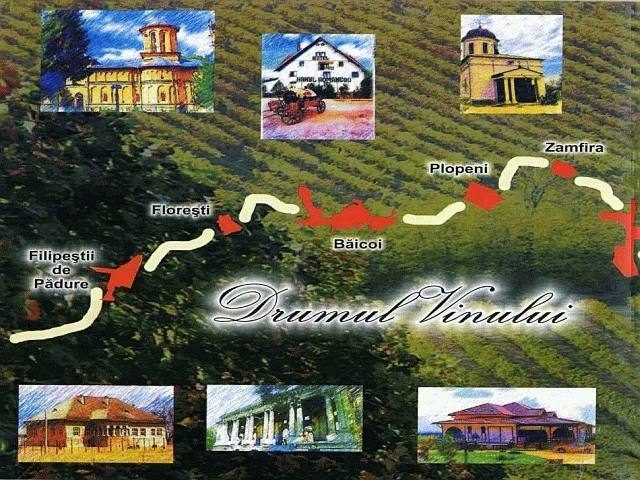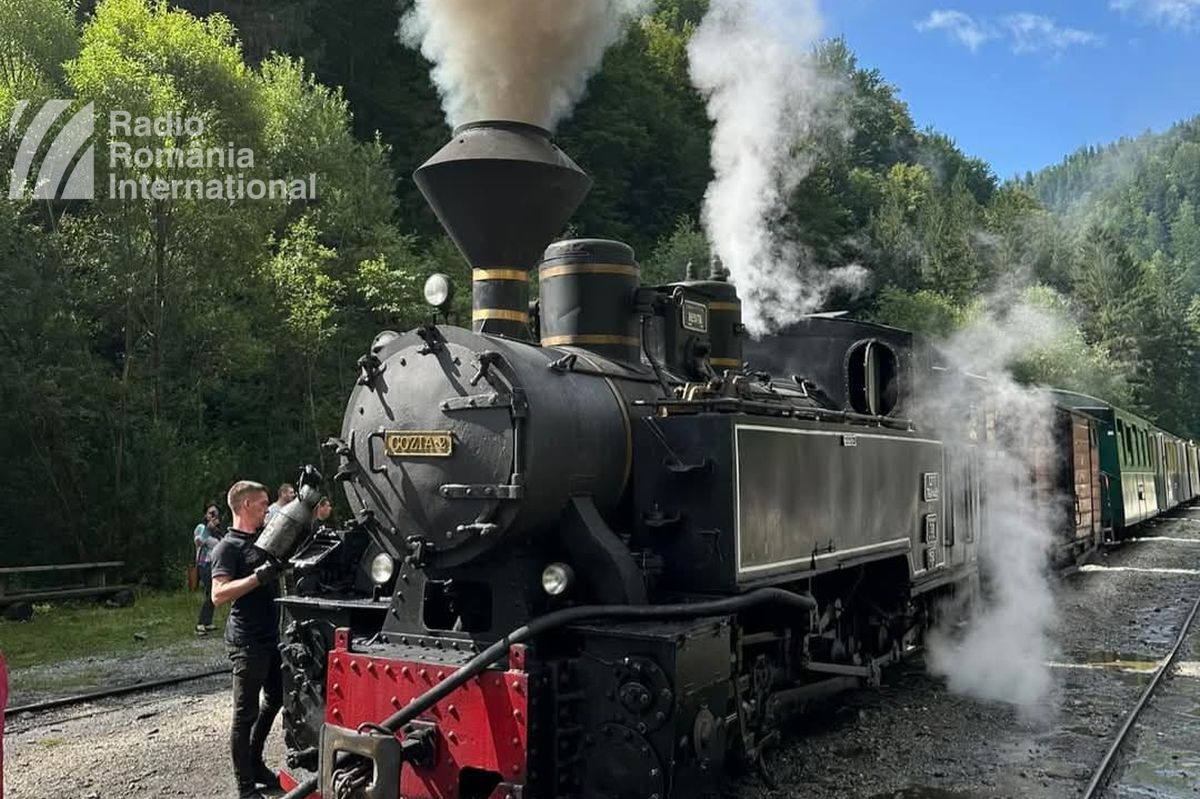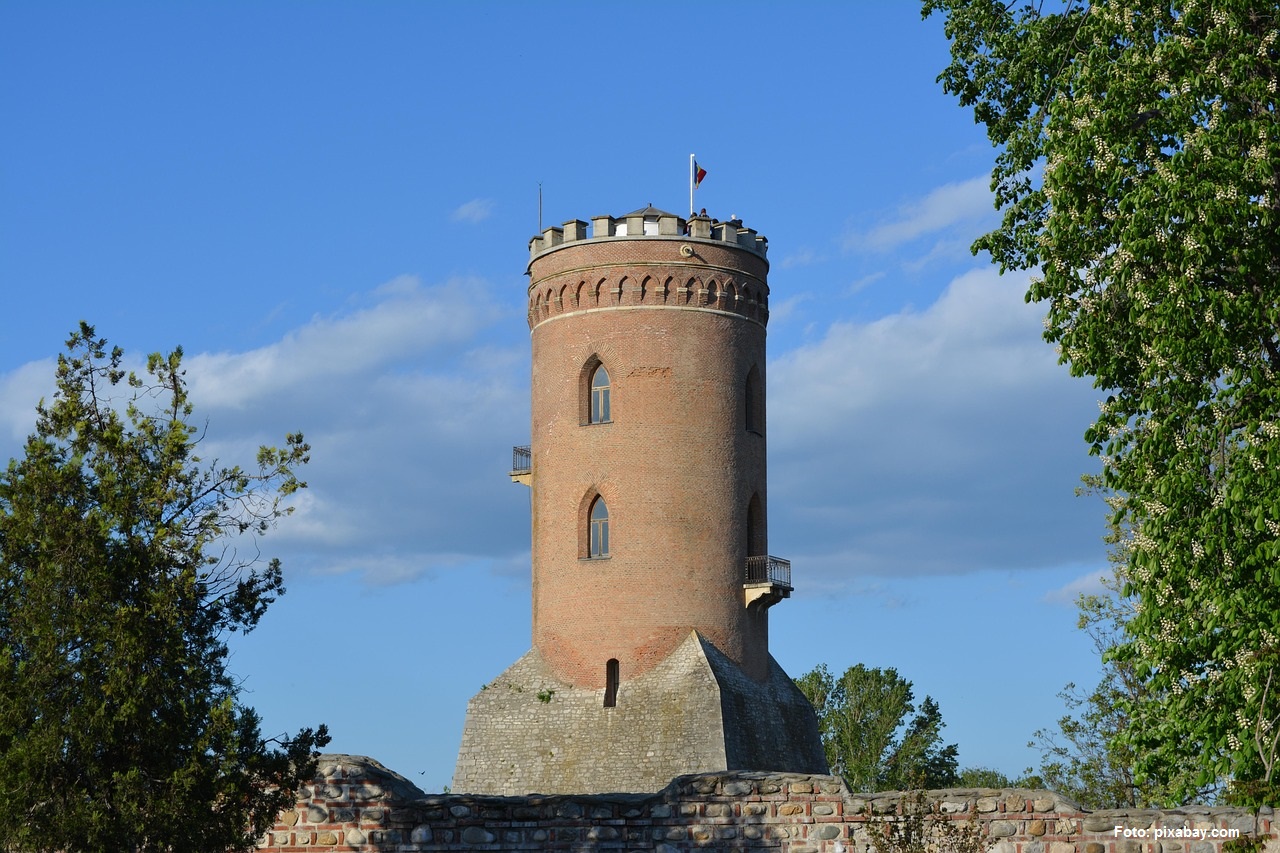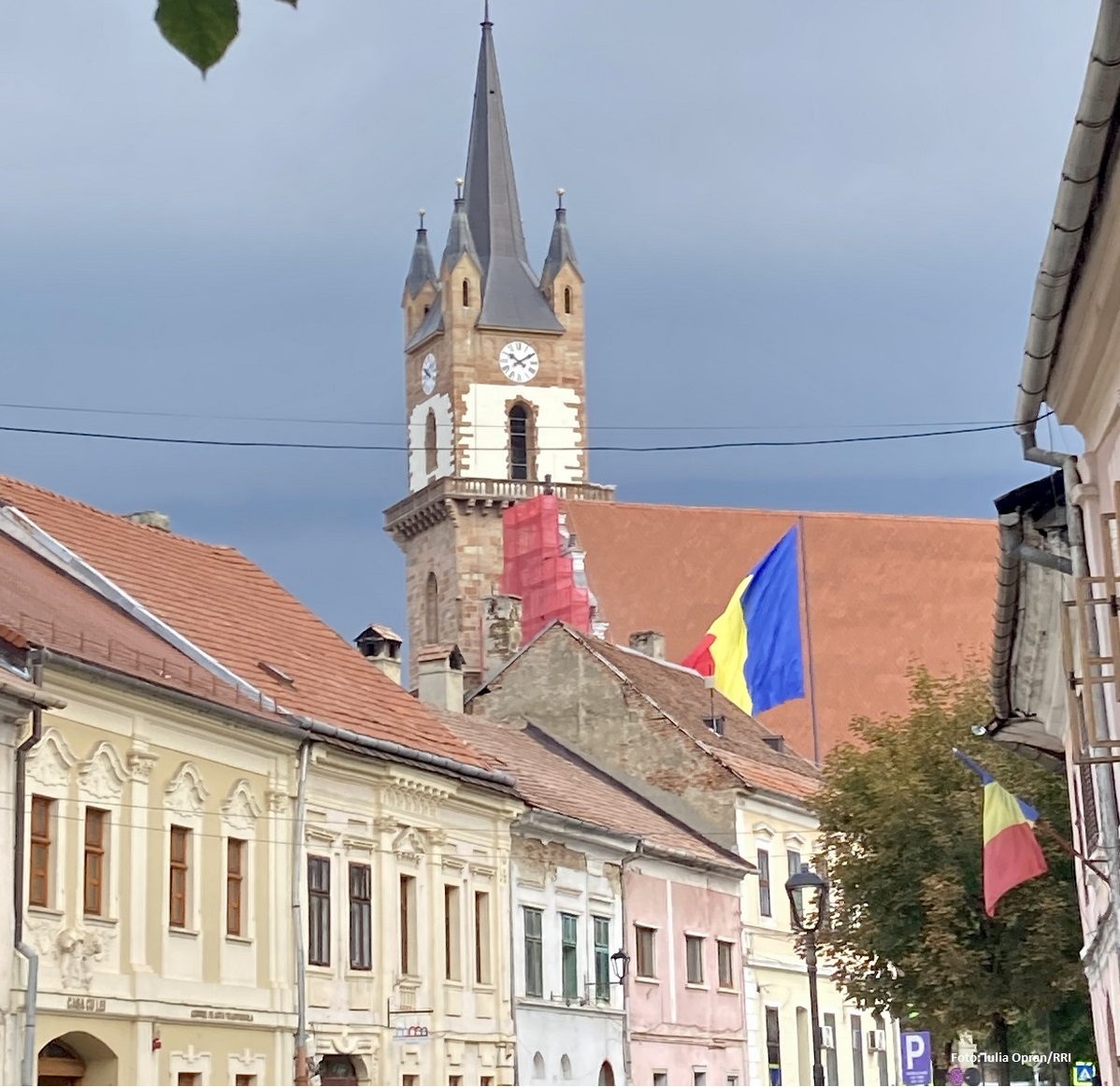Valenii de Munte
Valenii de Munte is a town with deep historical roots.

România Internațional, 23.10.2014, 14:01
Valenii de Munte is a town with deep historical roots. This little town in Prahova County has played many roles along the centuries: county seat, customs area, the seat of Teleajen Country, as well as a regional cultural and political center. It is famous among Romanians for being the home town of Romanian historian and political figure Nicolae Iorga and the place where you can find his memorial house.
Valenii de Munte boasts the Teleajen Valley Ethnographic Museum, the Plum Growing Natural Science Museum, as well as the Queen Marie Devotional Art Museum. Valenii de Munte is a fruit-processing center, and as a result, Prahova County Council has come up with another tourism project, the Fruit Road trail, in addition to the Wine Road and the Prince Road projects. As the name indicates, the Fruit Road takes you from one fruit-growing village to another, places where locals have a long experience in turning fruit of all kinds into sweets and drinks.
Every year, Valenii de Munte holds in late October a traditional homemade liquor festival, an event that brings together tourists, fruit growers and makers of preserves and liquor. Nicolae Andrei, manager of the Valenii de Munte Cultural Center, gives us details about the festival:
Nicolae Andrei: “The Valenii de Munte Homemade Liquor Festival reached its 17th edition, and we eagerly await visitors from the area and all throughout the country, with good aged homemade drinks and lots of fun. Each time I find the city merrier and more animated. For anyone who wants to spend a great weekend, a great end of autumn, Valenii de Munte is an excellent place, because the local producers eagerly await you with pastrami, cheese, and, of course, the local drinks. Just to give you an idea about the atmosphere, you have to imagine that this is a time of the year when the sun plays hide-and-seek, so it is cold enough to need a taste of plum liquor and to stroll around the stalls making pastrami, to smell the food prepared outdoors for the visitors. It is a constant bustle, because you also have there the makers of leather products of all kinds, and you can smell everywhere the freshly tanned leather. Children gather around the places set up especially for them, and we have a large stage where folk ensembles perform. In the evening, famous artists arrive to entertain everyone at the festival.”
This is an area ideal for plums, as we found out from our interlocutor, and most locals who grow fruit have plum and apple trees. Part of the harvest is processed into jams, preserves and strong drinks, while another is stored for the winter. The Fruit Road project was created for visitors to see how fruit is processed traditionally. It passes through Adunati, Cornu, Brebu, Alunis, Scorteni, Varbilau, Valenii de Munite, Teisani and Posestim, all home to liquor makers who gather at the festival in Valeni. Each of these villages has a special road sign, and can be visited, having its own monuments. It is already tradition for Valenii de Munte to be visited by locals of its twin towns, Cimislia from the Republic of Moldova and Eaubonne of France.
Nicolae Andrei, who manages the Cultural Center in town, is back at the microphone:
Nicolae Andrei: “In addition to this fair, Valenii de Munte has five churches, national monuments built in the 18th and 19th century, each with its own specificity. You can visit the Nicolae Iorga Memorial Museum, the house he lived and wrote in. You can also visit the Teleajen Valley Nature Museum, a beautiful museum that has on display all the flora and fauna from the area. And, of course, those who like taking walks should know that if you stand on top of the hills in town you have a great view of Teleajen Valley. If you want to spend a wonderful weekend in a great area, Valenii de Munte is the place for you.”
In Valenii de Munte you have lots of possibilities for accommodation, especially in B&Bs where you can enjoy the peace and quiet of a hill town.






























